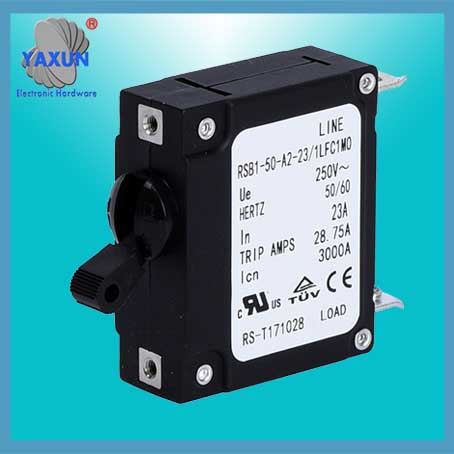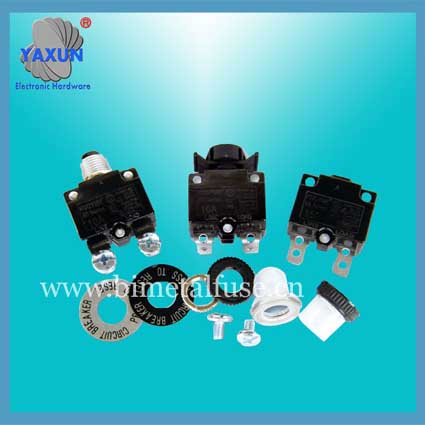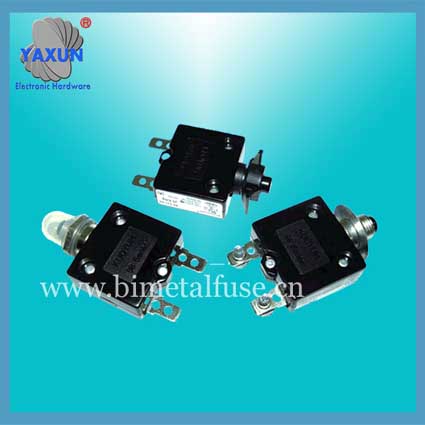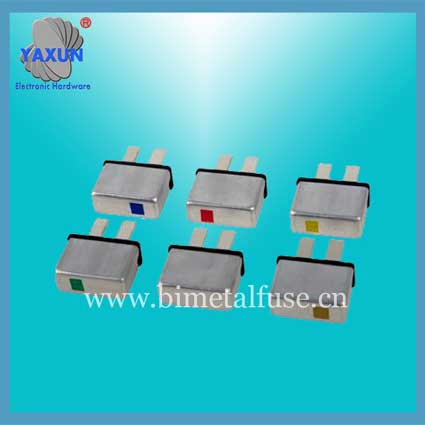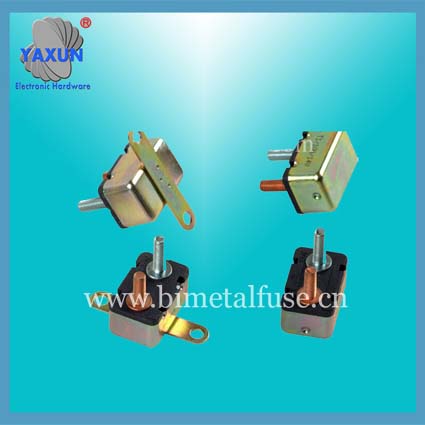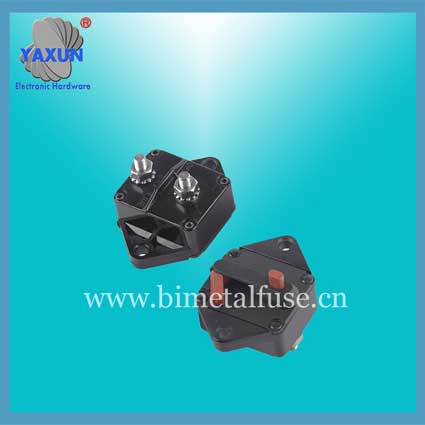China overload protector supplier
- PRODUCT DETAIL
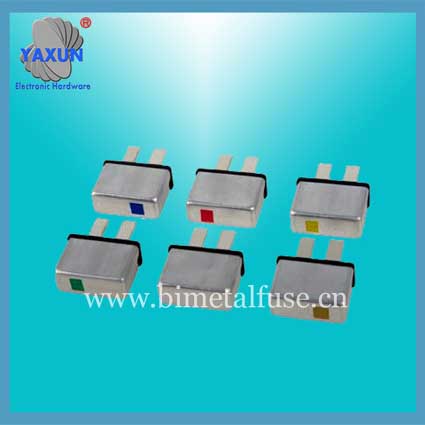
Overload protectors are often called: Torque retainer, Overforce protector, Torque clutch, Torque clutch, Force limiter, Axial load overload protector, Torque limiter, Safety clutch, Safety coupling, Force-limiting clutch, Clutch force limiter, Ball clutch, Friction clutch.
The role of the overload protector: Commonly used for installation between the active and passive sides of the motor power transmission. When a motor overload fault occurs (torque exceeds the set value), the torque limiter will be separated, thereby effectively protecting the motor-driven machinery and the load;
Common forms are: Friction torque limiter and ball torque limiter.
The installation structure of the torque limiter is: Shaft-shaft, shaft-flange, shaft-synchronous pulley, shaft-sprocket, shaft-gear, shaft-pulley, etc.
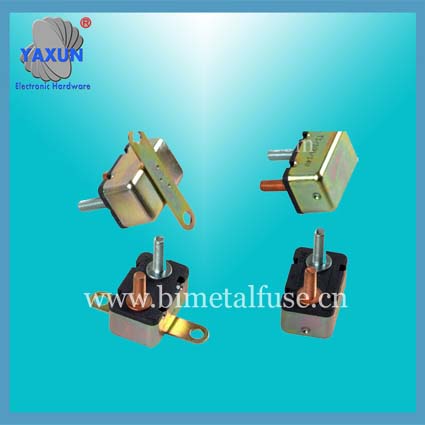
Definition of overload protector
Overload protector is a circuit protection device designed according to the actual needs of the electrical control industry. Using single-chip microcomputer technology, complete functions, reliable action, strong anti-interference ability, adapt to harsh working environment. It can provide effective protection for electrical system, squirrel cage motor, winding motor over current, short circuit, phase loss, phase imbalance, out of phase, and startup process (to avoid starting over current).
Principle of overload protector
The overload protector samples the signal from the current transformer. The load current of each phase is converted into a voltage signal proportional to it, and this signal and all control signals are input to the microprocessor. The microprocessor constantly various signal acquisition, computation and storage, and compared with the corresponding conditions, and then outputs the result.
The overload protector samples the signal from the current transformer. The load current of each phase is converted into a voltage signal proportional to it, and this signal and all control signals are input to the microprocessor. The microprocessor constantly various signal acquisition, computation and storage, and compared with the corresponding conditions, and then outputs the result.
Main parameters of overload protector
Setting of current: The current setting should be set on the current value when the load is fully loaded, or according to the rated current of the load. In specific use, the current setting value should be slightly larger than the rated current value. The maximum value of current setting is CT primary current value, and the minimum value is one tenth of CT primary current value.
Overcurrent time (inverse time limit is trip level)
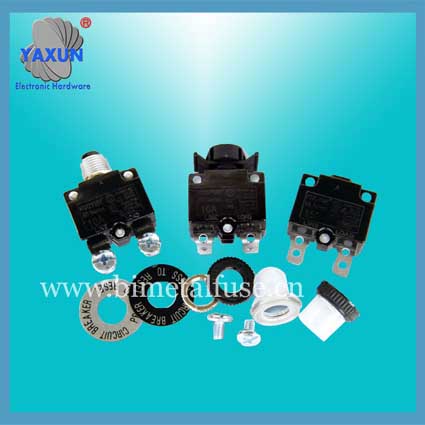
Time limit: The time it takes for the load current to exceed the current setting value to trip. The adjustable range is OFF, 0.2 ~ 30S.
Inverse time limit: The trip time corresponding to the actual current 5 times the current setting value is the trip level. The adjustable range is from 1 to 4.
Instantaneous multiples: The ratio of the actual current to the current setting. The adjustable range is OFF, 2-9 times.
Start Time: The time required for the motor or other inductive load to switch from its current to its rated current. The adjustable range is OFF, 1 ~ 200S.
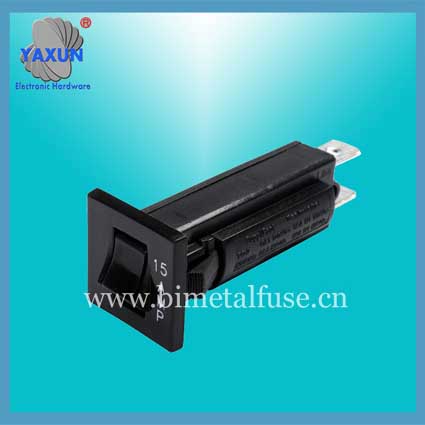
Phase loss time: The time required for the three-phase grid to lose phase to trip the overload protector. When any phase current is less than one-sixth of the minimum current setting value, it can be regarded as a phase loss. The adjustable range is OFF, 2 ~ 4S.
Phase imbalance time: Time required for three-phase grid phase imbalance to trip the overload protector. A phase imbalance can be considered when the maximum phase current is twice or more than the minimum phase current. The adjustable range is OFF, 4 ~ 8S.
Out-of-phase sign: The phase sequence of the three-phase grid is wrong, and the overload protector trips in 0.2 seconds. The phase sequence of the three-phase power supply is opposite to the original phase sequence and is regarded as a wrong phase.
CT ratio: The CT ratio is the ratio of the primary current and the secondary current of the current transformer, and the CT ratio specifies the measurement range of the overload protector. The CT ratio of the overload protector with the current specification of "05" includes 6 settings: "5", "100", "300", "600", "1000", "3000". The CT ratio of overload protectors with current specifications "10" and "50" cannot be set.
The relationship between the CT ratio and the current setting value of the overload protector is as follows:
Lower limit of current setting value = CT primary current value / 10
Upper limit of current setting value = CT primary current value
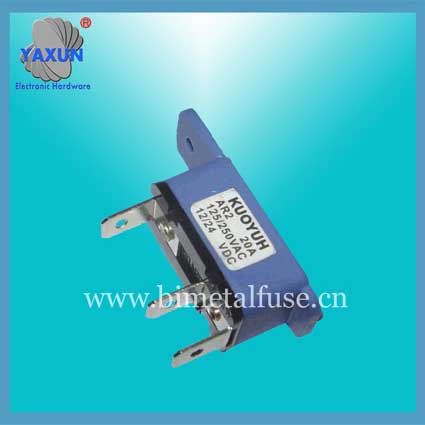
Function introduction of overload protector
Overcurrent protection
Time limit: The load is over-current and the continuous over-current time reaches the set value of over-current time. The overload protector will automatically trip and reset automatically after 5 minutes. After tripping, the overload protector displays the maximum phase current value. Over current time adjustment range 0.2 ~ 30S, over current time repeatability error ± 5 [%], over current time setting error ± 10 [%].
Inverse time limit: When the load is overcurrent and the duration reaches the time specified by a curve in the 1 to 4 level curve selected by the trip level and the ratio of the load current to the current setting value, the overload protector will automatically trip and reset automatically after 5 minutes. After tripping, the overload protector displays the maximum phase current value.
Short circuit protection
When the ratio of the load current to the current setting value exceeds a certain value, it can be regarded as a short circuit, and the overload protector trips within 0.5S. This value is called instantaneous multiple, and the range of instantaneous multiple adjustment:
Winding motor: 2 to 4.5 times.
Squirrel cage motor: 2 to 9 times.
Other electromechanical equipment: Refer to the above two options.
After the overload protector trips, the digital tube displays "SHORT" and the instantaneous multiple indicator lights up.
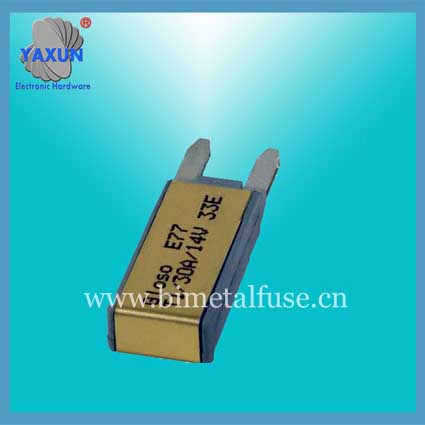
Phase loss protection
When the current of any one of the three phases is less than one-third of the minimum current setting value, and the duration reaches a certain time value, the overload protector automatically trips. This time is the phase loss time. The digital tube displays “PHASE” when tripped.
Phase imbalance protection
When the three-phase current imbalance reaches 50% and the duration reaches a certain time value, the overload protector will automatically trip. This time value is the phase imbalance time.
When tripping, the digital tube displays the maximum phase current value.
Out-of-phase protection
The phase sequence of the three-phase power supply is opposite to the original phase sequence, and the overload protector automatically trips in 0.2 seconds. When tripping, the digital tube displays the out-of-phase mark "PR".
Application area
Overload protectors are widely used in the protection and monitoring of three-phase motors and other electrical appliances in machinery, metallurgy, building materials, chemical industry, textile industry and other industries.
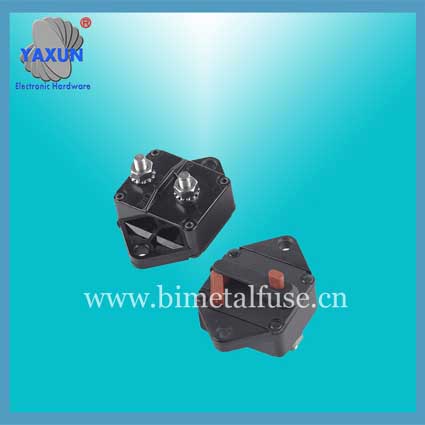
PREVIOUS:NONE
NEXT:china 250A electrical overload Circuit breaker Specifications
NEXT:china 250A electrical overload Circuit breaker Specifications

